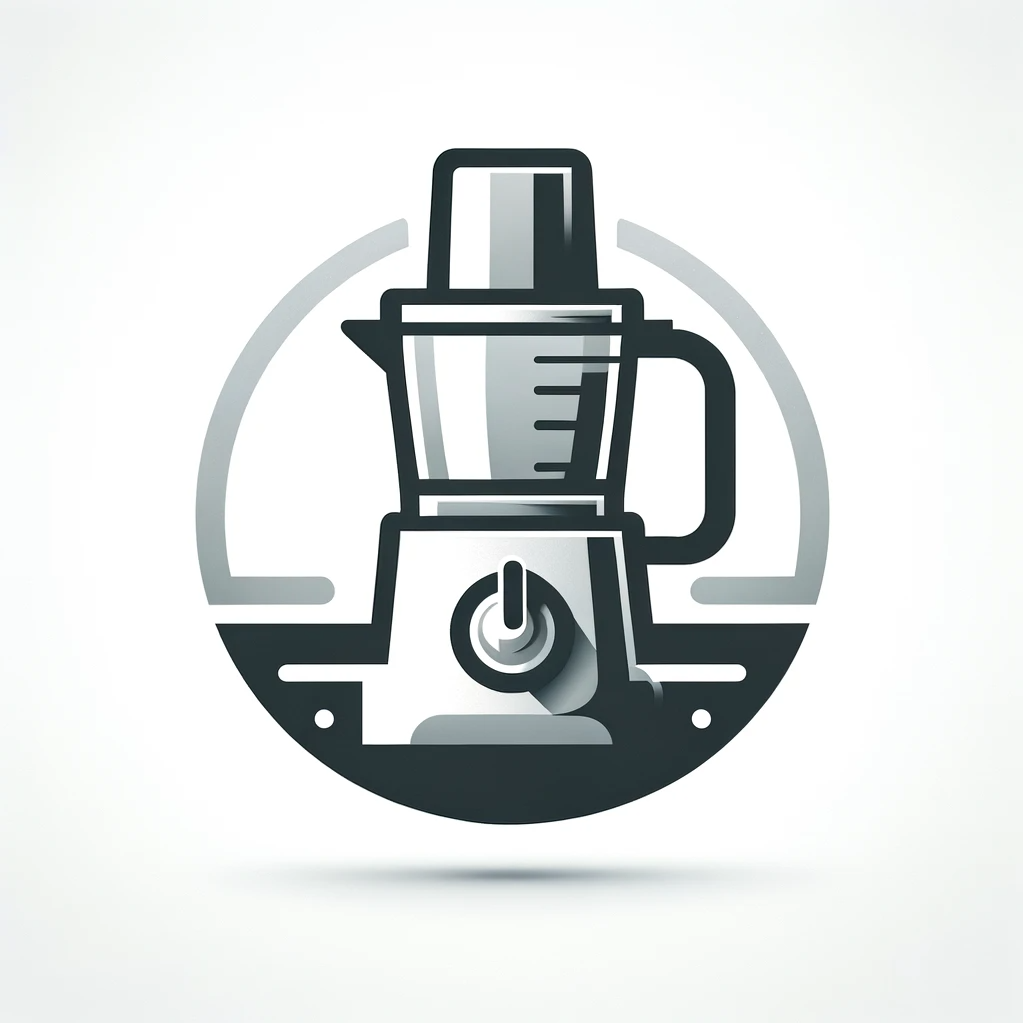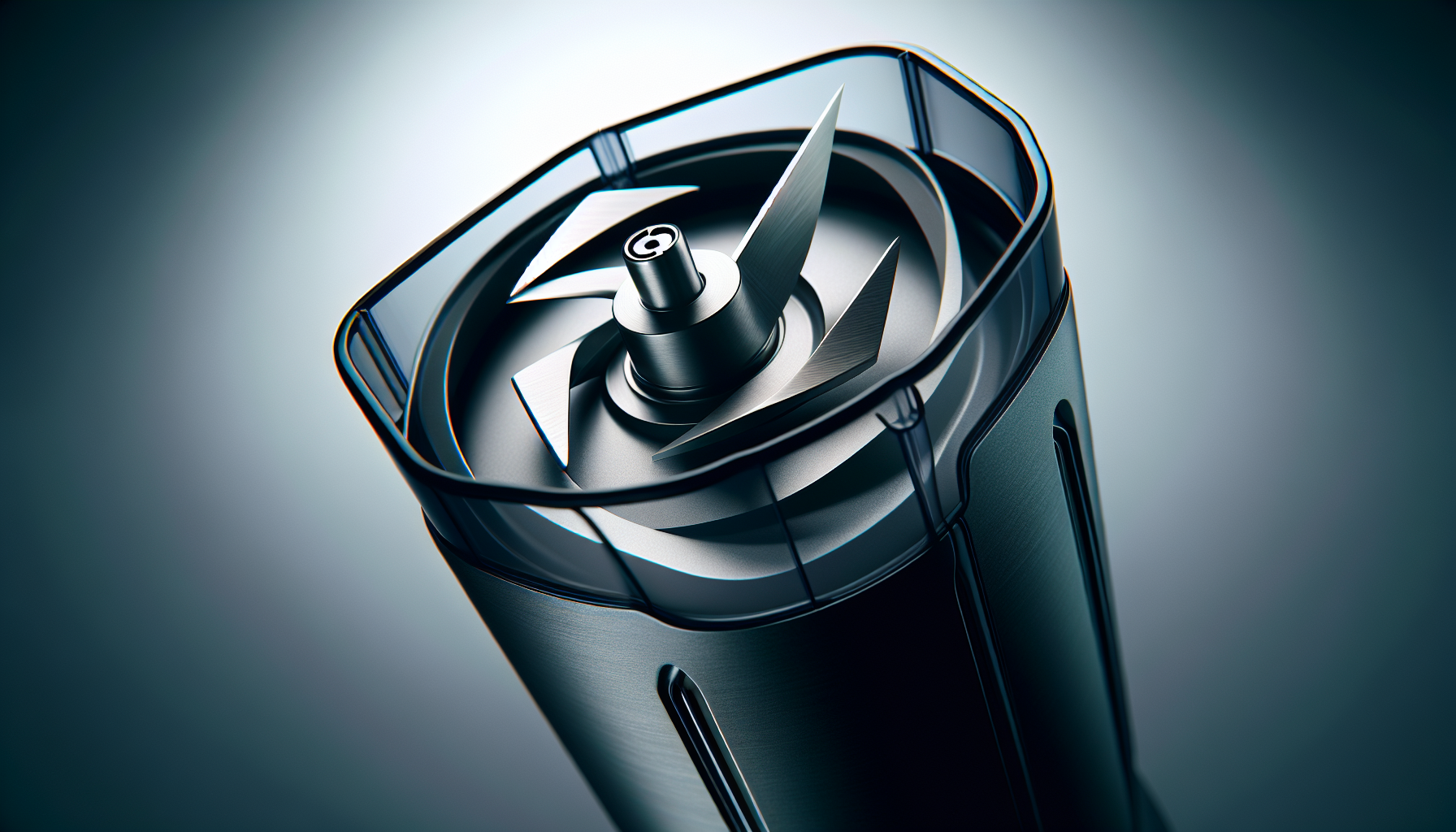If you’ve ever found yourself standing in your kitchen, wondering if you can use your trusty blender to handle some of the tasks typically assigned to a food processor, you’re not alone. Many people have pondered this very question, and today we’re here to shed some light on the topic. So, can your blender really double as a food processor? Let’s explore the similarities and differences between these essential kitchen appliances to find out if your blender has a secret talent waiting to be discovered.
Can my blender be used as a food processor?
CHECK OUT FOOD PROCESSORS AND VEGETABLE CHOPPERS ON AMAZON
Differences Between Blenders and Food Processors
Blenders and food processors are both versatile kitchen appliances, but they have distinct differences in their design and functionality. Blenders are primarily used for liquids and softer ingredients, while food processors are designed to handle more heavy-duty tasks. The main difference lies in the blades and the shape of the containers. Blenders have a narrow container with a blade at the bottom, whereas food processors have a wider container with interchangeable blades.
CHECK OUT FOOD PROCESSORS AND VEGETABLE CHOPPERS ON AMAZON
Similarities Between Blenders and Food Processors
While blenders and food processors have their differences, they also share some common features. Both appliances are designed to chop, blend, puree, and mix ingredients. They both have variable speed settings, allowing you to control the consistency of your food. Additionally, both blenders and food processors come with safety features such as locking mechanisms to prevent accidents.
Functions of a Blender
Blenders are perfect for making smoothies, milkshakes, and soups. The high-speed blades create a vortex that can blend fruits, vegetables, and ice together into a smooth and creamy mixture. Blenders are also handy for making homemade salad dressings, sauces, and marinades. With its powerful motor and blending capability, a blender can effortlessly mix ingredients into a consistent texture.
Functions of a Food Processor
Food processors are fantastic for chopping, shredding, slicing, and grating ingredients. They can handle more solid and sturdy ingredients, making them ideal for preparing dough, chopping nuts, or even grinding meat. Food processors can make quick work of preparing salads, coleslaw, or grating cheese. The different blade options that come with food processors allow for a variety of functions, giving you more versatility in your cooking.
Blender Blades vs. Food Processor Blades
The blades of a blender and a food processor are designed to serve different purposes. Blender blades are typically sharp and angled, creating a cyclonic vortex to blend ingredients smoothly. They are ideal for blending liquids and soft ingredients into a uniform texture. On the other hand, food processor blades are wider and have multiple sharp edges. These blades are designed to slice, chop, shred, and grate ingredients, making them better suited for tasks that require more precision and control.
Capacity and Size Comparison
Blenders and food processors come in various sizes to meet different needs. Blenders typically have a larger capacity and can hold more liquid, making it easier to blend larger quantities of ingredients. Food processors, on the other hand, have a smaller capacity but come with additional attachments such as slicing discs and grating blades, giving you more options for food preparation. The size of the appliance also varies, with blenders usually being taller and food processors having a wider base.
Blender Attachments vs. Food Processor Attachments
Blenders often come with additional attachments such as blending jars, travel cups, or even chopping bowls. These attachments expand the functionality of the blender, allowing you to customize your blending experience. Food processors also come with various attachments, including slicing discs, shredding discs, and dough blades. These attachments make it easier to achieve different textures and cuts when preparing your ingredients.
Can a Blender Substitute for a Food Processor?
While blenders and food processors have overlapping functions, a blender cannot fully substitute a food processor. Blenders are best for recipes that require liquid-based ingredients or a smooth texture, such as soups or smoothies. However, when it comes to chopping, grating, or slicing vegetables, or kneading dough, a food processor is the better option. So while your blender can handle some food processing tasks, it may not deliver the same results as a dedicated food processor.
When Can a Blender Be Used Instead of a Food Processor?
There are instances where a blender can be used instead of a food processor, especially when the recipe involves liquid-based ingredients or requires a smooth consistency. Blenders are excellent for making dips, sauces, or purees. They can also be used for crushing ice or blending homemade baby food. Blenders are perfect for tasks that require fast and efficient blending, where a food processor might be excessive or unnecessary.
Recipes That Can Be Made with a Blender Instead of a Food Processor
If you don’t own a food processor, fear not! There are still plenty of delicious recipes that can be made using just a blender. From homemade salsa to creamy salad dressings, a blender can handle a wide range of tasks. You can make hummus, pesto, or even pancake batter using a blender. It’s also great for making whipped cream, nut butter, or crushing graham crackers for crusts. While a food processor may offer more options, a blender can still be a versatile tool in your kitchen.
In conclusion, while a blender and a food processor are distinct in design and functionality, there are instances where the blender can be used as a substitute. However, it is important to understand the limitations of your blender and to use it accordingly. A blender is perfect for tasks that involve liquid-based ingredients or require a smooth texture, but a food processor is better suited for heavy-duty chopping, shredding, and slicing. Both appliances have their place in the kitchen and can be used to create a variety of delicious recipes.

